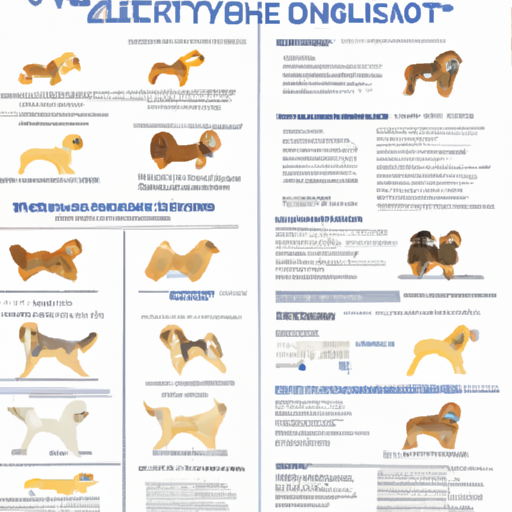For many, the joy of owning a dog can be marred by one unfortunate reality: allergies. Thankfully, not all breeds trigger sneezes and itchy eyes. Today, we’re going to delve into the world of hypoallergenic dogs, breeds that are less likely to cause an allergic reaction.
Table of Contents
- Understanding Dog Allergies
- What Makes a Dog Hypoallergenic
- Top Hypoallergenic Dog Breeds
- Frequently Asked Questions
Key Takeaways:
- Allergies are caused not by fur, but by dander.
- No dog breed is 100% hypoallergenic.
- There are certain breeds less likely to trigger allergies.
Understanding Dog Allergies
First and foremost, it’s essential to understand what it means to have a dog allergy. People often mistakenly believe that they’re allergic to a dog’s fur. In reality, it’s the dander, or skin flakes, as well as the urine and saliva, that cause allergic reactions. This dander can cling to furniture, clothing, and other surfaces where it can remain for a long time.
A study by the American College of Allergy, Asthma, and Immunology found that approximately 10% to 20% of individuals worldwide are affected by dog allergies. It’s a significant problem, especially for dog lovers.
What Makes a Dog Hypoallergenic
The term ‘hypoallergenic’ implies that something – in this case, a dog breed – is less likely to cause an allergic reaction. However, it’s important to note that no dog breed is 100% hypoallergenic. The breeds classified as hypoallergenic generally produce fewer allergens than others, which means they’re a safer choice for allergy sufferers.
Interestingly, it’s not just about the amount of dander. The size of the dander particles also matters. Smaller particles are more likely to become airborne and inhaled, which can trigger an allergic reaction. Some hypoallergenic breeds produce larger dander particles that fall to the ground rather than remaining in the air.
Top Hypoallergenic Dog Breeds
Now that we’ve established what makes a dog hypoallergenic, let’s delve into the breeds that are known for being allergy-friendly.
-
Poodles: Poodles, including all sizes (Standard, Miniature, and Toy), are famed for their hypoallergenic coats. Their curly hair is more similar to human hair than typical dog fur, reducing the amount of dander they produce.
-
Shih Tzus: Despite their long, flowing coats, Shih Tzus are surprisingly good for people with allergies. They have a double coat that catches a lot of the dander, preventing it from becoming airborne.
-
Bichon Frises: Bichon Frises have a curly coat that traps dander, reducing the amount that’s released into their environment.
-
Portuguese Water Dogs: These dogs have a reputation for being hypoallergenic, even making their way into the White House with President Obama, whose daughter Malia is allergic to dogs.
-
Schnauzers: Schnauzers produce less dander than most other breeds, thanks to their unique double coat.
For a more in-depth look at these hypoallergenic breeds, visit OneTopDog’s detailed breed guides.
Frequently Asked Questions
Are hypoallergenic dogs completely safe for allergy sufferers?
No dog is 100% hypoallergenic, and individual reactions can vary. It’s always recommended to spend time with a breed before bringing one into your home.
Do hypoallergenic dogs require special care?
Some hypoallergenic breeds, like the Poodle and Bichon Frise, require regular grooming to keep their coats in top condition and minimize dander.
Are there hypoallergenic breeds suitable for families, seniors, or apartments?
Yes, there’s a hypoallergenic dog for almost every lifestyle. For example, the Bichon Frise is great for seniors and apartment dwellers, while the Portuguese Water Dog is a great family pet.
For more information on how to care for these breeds, check out OneTopDog’s comprehensive care guides.
In conclusion, while no dog breed is entirely hypoallergenic, some breeds are significantly less likely to trigger allergies. By choosing one of these breeds and taking appropriate measures such as regular grooming, you can greatly reduce the chances of an allergic reaction. For more tips on managing dog allergies, visit OneTopDog’s allergy management guide.



